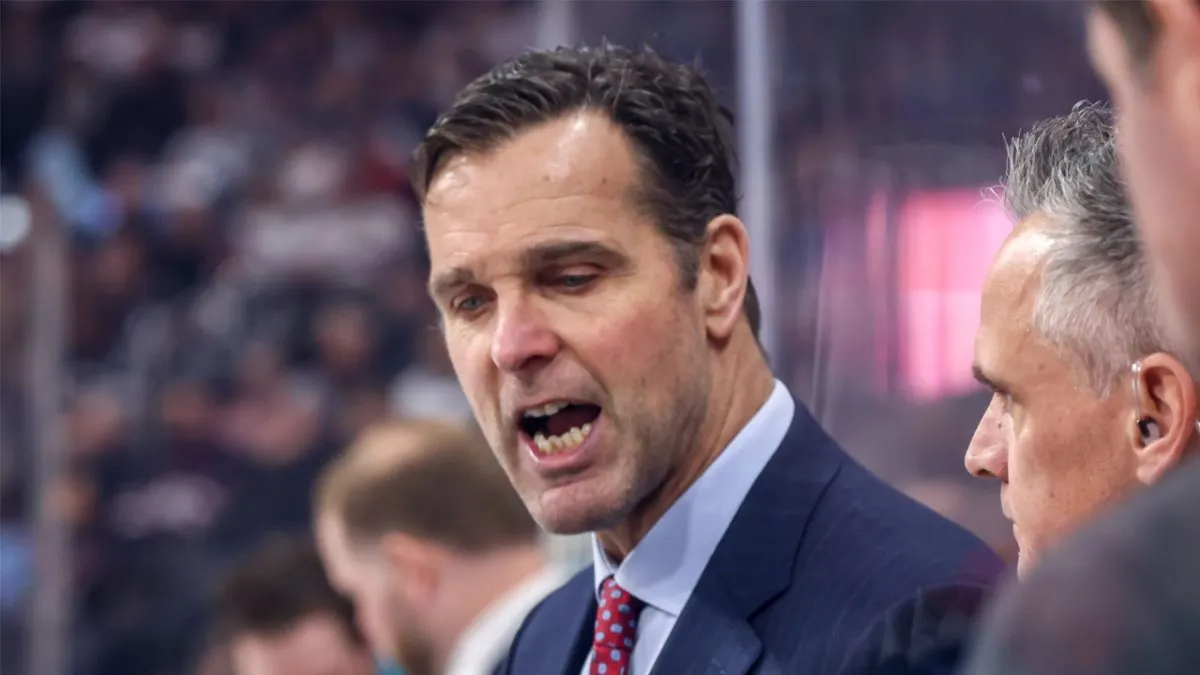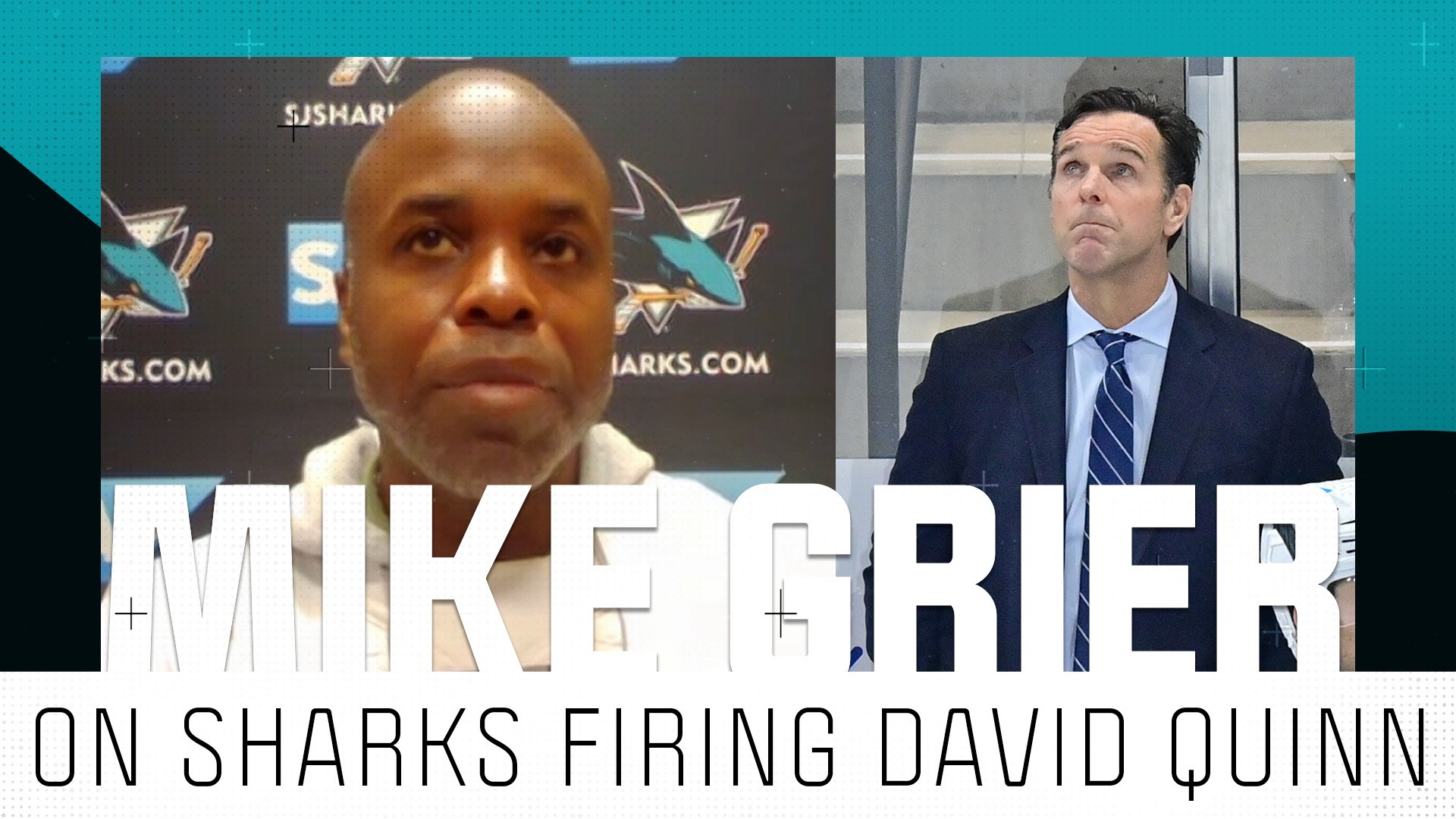
The Sharks clinched a playoff spot on Monday, perhaps a little later than they’ve become used to over the last two seasons. ‘A little’ means ‘less than a week,’ as San Jose punched a playoff ticket on March 28 in each of the prior two years.
That slight delay speaks to how much closer the postseason race has been this season, rather than the Sharks’ play. In fact, San Jose is headed back to the postseason, at least in part, because they’ve arguably improved most in two key areas: Scoring and penalty killing.
Although the Sharks are only 17th in goals per game after finishing 19th a year ago, only eight teams have increased their per-game scoring output over last year by a bigger margin than San Jose (0.34) as of this writing. Scoring is up league-wide, as teams are averaging 0.19 more goals per game than last year according to Hockey Reference,
Stay in the game with the latest updates on your beloved Bay Area and California sports teams! Sign up here for our All Access Daily newsletter.
That wasn’t a given, let alone expected, after the Sharks opted to rely on internal options to offset Patrick Marleau’s departure. They bet big on their young players, and it’s paid off handsomely.
Last year, they were the only team with zero players 25-and-under scoring 10-plus goals and 30-plus points. This year, the Sharks are tied for second with five such players: Joonas Donskoi, Tomas Hertl, Kevin Labanc, Timo Meier, and Chris Tierney.
That’s tied for the most in franchise history, and the league’s largest year-to-year improvement this season. Much of the rest of the roster has increased its scoring output, too, but the contributions from younger players have been especially important.
In this regard, the Sharks have followed the trends of the rest of the league, as teams have become increasingly reliant upon young players on their first and second contracts. The penalty kill, meanwhile, has bucked league-wide trends.
San Jose Sharks
For the second straight season, average penalty kill percentage has decreased. Power play goals per game have also increased, yet the Sharks are one of a handful of teams to kill a higher percentage of penalties (85.1 percent) than last year (80.1).
They also have the league’s best penalty kill percentage, even though their underlying numbers indicate that shouldn’t necessarily be the case. The Sharks are suppressing shot attempts better than last year, but they’re allowing a higher rate of shots (54.58 per hour, according to Corsica Hockey) as well as a higher rate of expected goals (7.43 per hour) because they’ve allowed higher-quality chances.
Yet, San Jose is allowing about one fewer goal per hour on the penalty kill this season, largely because goaltenders Martin Jones and Aaron Dell have played extremely well shorthanded. Like the penalty kill as a whole, they’ve also outperformed their underlying numbers.
Based on the amount and types of shots Jones and Dell have faced on the penalty kill, their expected save percentages are .853 and .869, respectively, according to Corsica Hockey. Their actual penalty kill save percentages are much better: .908 and .889.
Only Carter Hutton has outperformed his expected penalty kill save percentage more than Jones, and Dell is 24th among goalies that have played 100 minutes on the penalty kill by that mark. As Fear the Fin’s Erik Fowle noted in January, that kind of overperformance ultimately isn’t very sustainable, and relying on goaltending that much on the penalty kill is risky moving forward.
But, the Sharks likely wouldn’t be in playoff position without a strong penalty kill, as they’re allowing nearly half-a-goal more per hour than last year in five-on-five situations, when they allowed the seventh-fewest. Nor would they have clinched without their offensive improvement, owed to the continued development of their young players.
Those aren’t the only reasons San Jose is headed to the postseason for the third straight year, but are absolutely among the most important.


